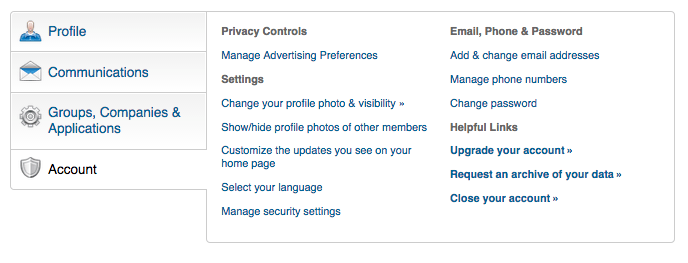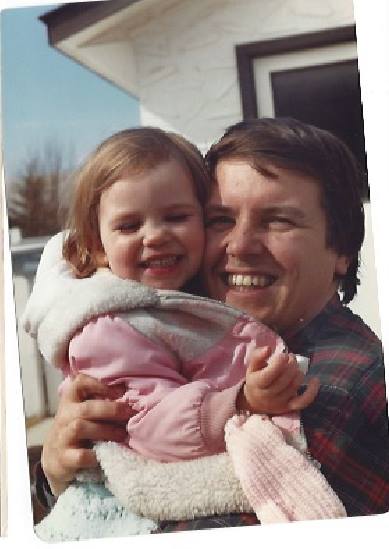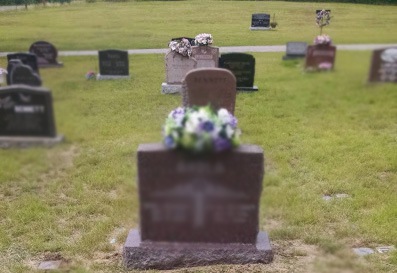Earlier this year the unthinkable happened. My beloved father passed away suddenly. After getting through the initial shock, my family started to pick up the pieces. My father was both a diligent and thoughtful man, one who took care of everything, including every loose end. Being the ‘tech’ person in the family, it fell upon me to figure out how to handle my Dad’s social media accounts, do backups of his photos, recover his emails, etc.
It would have been ideal if all the passwords were stored somewhere. Unfortunately, there was no way we could have anticipated what happened. Plus, there is no defined method on how to handle the digital assets for someone who has died, which is especially difficult to navigate when you’re overwhelmed with grief.
What is clear to me, however, is that each flash of the deceased person’s face on social media can be a painful reminder of what happened. It can trigger all sorts of feelings. The good news is shutting the social accounts down can absolutely wait until you are ready to handle it.
Taking care of yourself and your loved ones is what’s most important when you’re going through the grieving process.
Below I’ve shared a few tips based on my own experience with handling digital life after death:
1. Email Access
If you don’t have this, then it’s next to impossible to get access to shut down social accounts, cloud storage, or anything else. Many email services allow you to use a person’s phone number to send a reset code. Sometimes you can also have a post card mailed to the person’s physical address with a code to reset. In my particular case, we had to do the phone reset, because we had access to my Dad’s cell phone. It worked just fine.
2. LinkedIn
There are no memorial options for LinkedIn. I worked with my Dad to build up his presence on this site a few years ago because he used it for business development. Several of my Father’s colleagues contacted us about LinkedIn, because Dad’s updates were still active (with auto feeds). The best way to shut the page down is by exporting all of the contacts and then deactivating the account.
Months later I have only disabled the auto feeds going to his page, because I cannot quite bring myself to shut it down (yet). That’s ok, because when I’m ready to do it I can simply go under account settings > account > disable account.
 Screenshot of the Account Settings for LinkedIn
Screenshot of the Account Settings for LinkedInTaken October 2014
3. Facebook
People still tag my Dad in posts, often about his passing or about a memory. Technically, I could tag him in posts, but it just doesn’t feel right to do so.
Facebook has offered memorial pages as a thoughtful solution for the departed. However, they don’t really seem to work. I’ve done three requests over the past four months. I filled out the form very carefully and thoroughly (even linking to Dad’s obituary). I have had zero results so far. If anyone else has had this same experience, please feel free to mention it in the comments.
4. Twitter
This is by far the easiest site to shut down and you have 30 days to change your mind. Through account preferences you can also request an archive of your tweets, which may be a nice way to save content for the future. It’s under account settings > account.
 Screenshot of Settings on Twitter
Screenshot of Settings on TwitterTaken October 2014
5. Before Making Any Sudden Moves, Talk to the Family and Loved Ones Involved
In my case, there were a number of people who were concerned about losing my Dad’s photos, records, and social data. We came together as a family and talked about what was important to us and what was not. I highly suggest talking to the people who you are close to (and to the deceased) and figuring out what the priorities are before making any moves. In most cases it’s a very emotional conversation, but it’s also therapeutic to know you are on the same page.
Although some people might disagree, I definitely think it’s okay to post on social media about what has happened to you and your family. Personally speaking, I felt a great deal of emotion, but also a little relief when sharing this old family photo with my friends on Facebook. This is how I want to remember my Dad:
 Me with Dad in the early 80s, pure joy!
Me with Dad in the early 80s, pure joy!Seeing traces of someone you love online can be both a blessing and a curse. There is no easy way to manage the online presence of a loved one who has passed away – it’s really complicated. Just like everyone grieves differently, every service handles shutting things off differently.
I’ve spoken to other friends and colleagues about their grief and how they’ve handled it with regard to social media, email, cloud storage, etc. The consensus was that quite simply, it’s kind of weird. As a society we haven’t really figured this out yet.
It’s important to me to stress there’s absolutely no hard and fast rule for handling digital life after death. It’s a very tough thing to face. When you’re ready to deal with it, all of the major providers give you a method to reach out and ask for help. Don’t try to be tough, just hit that help button, it is there for a reason.




